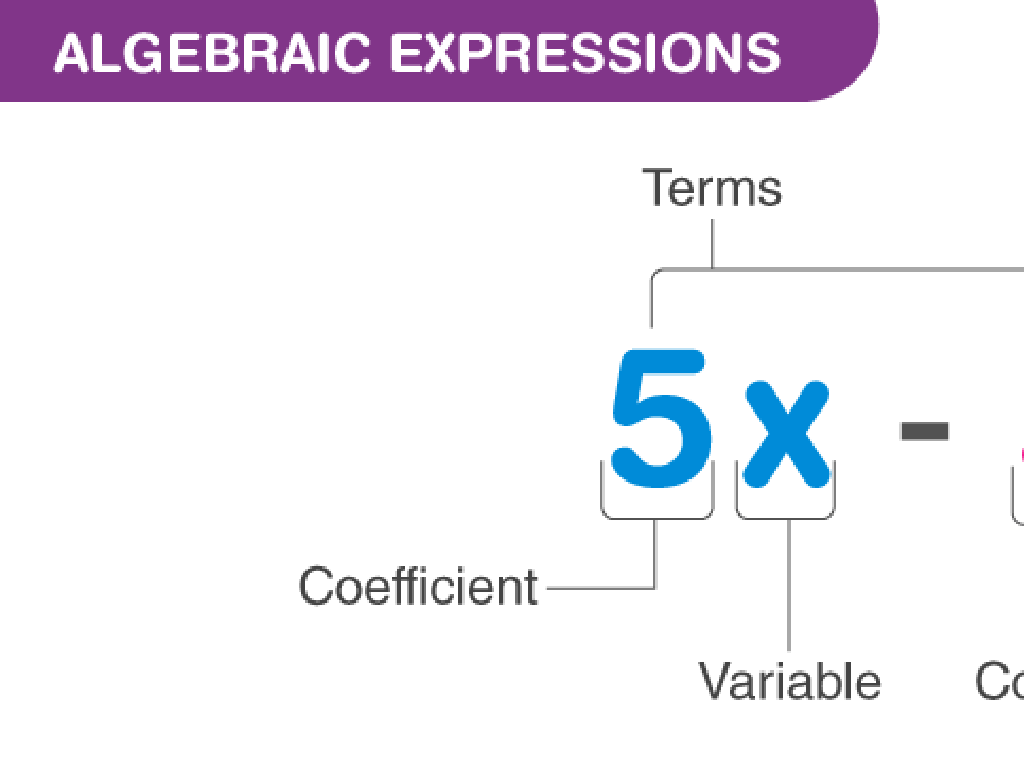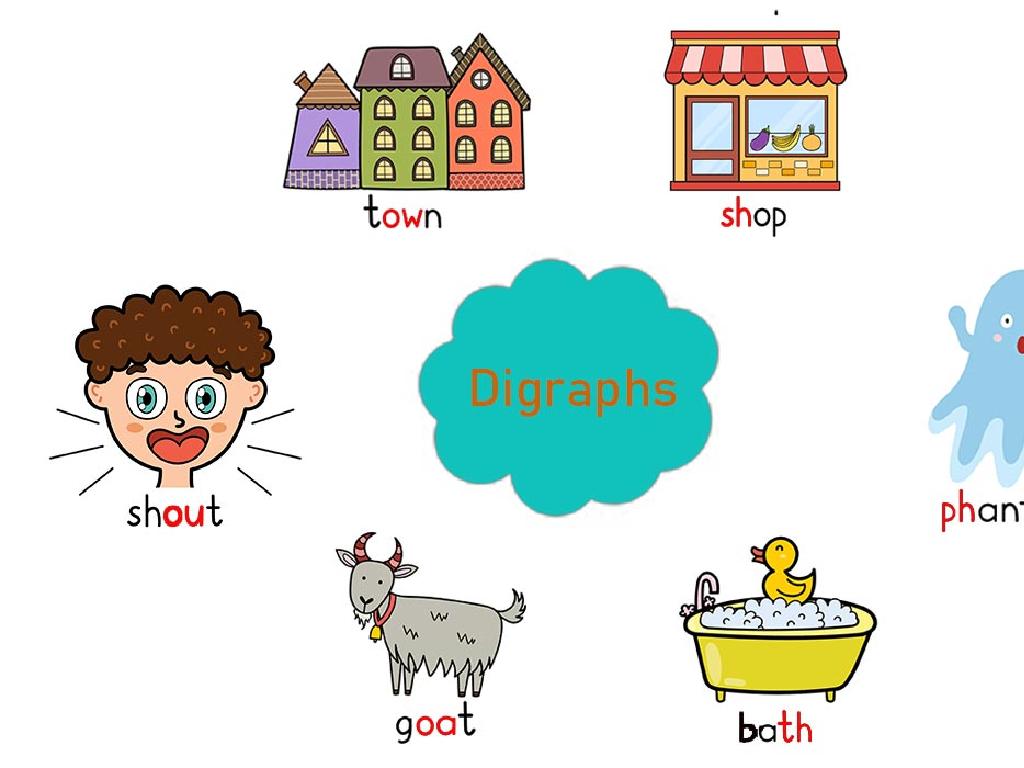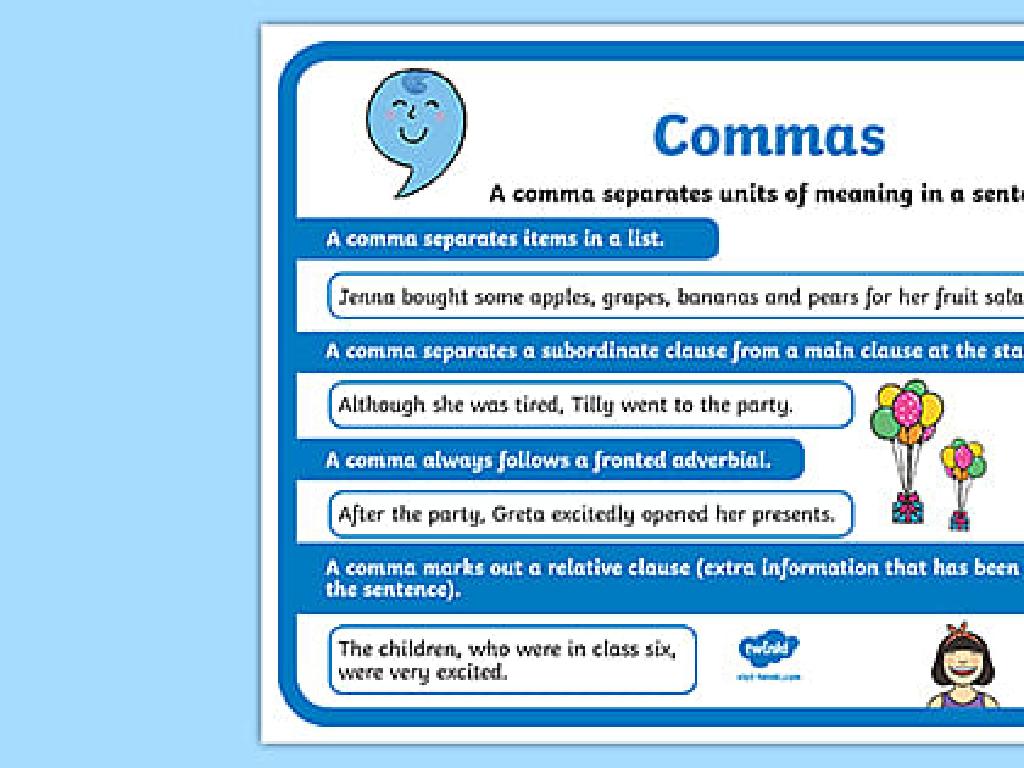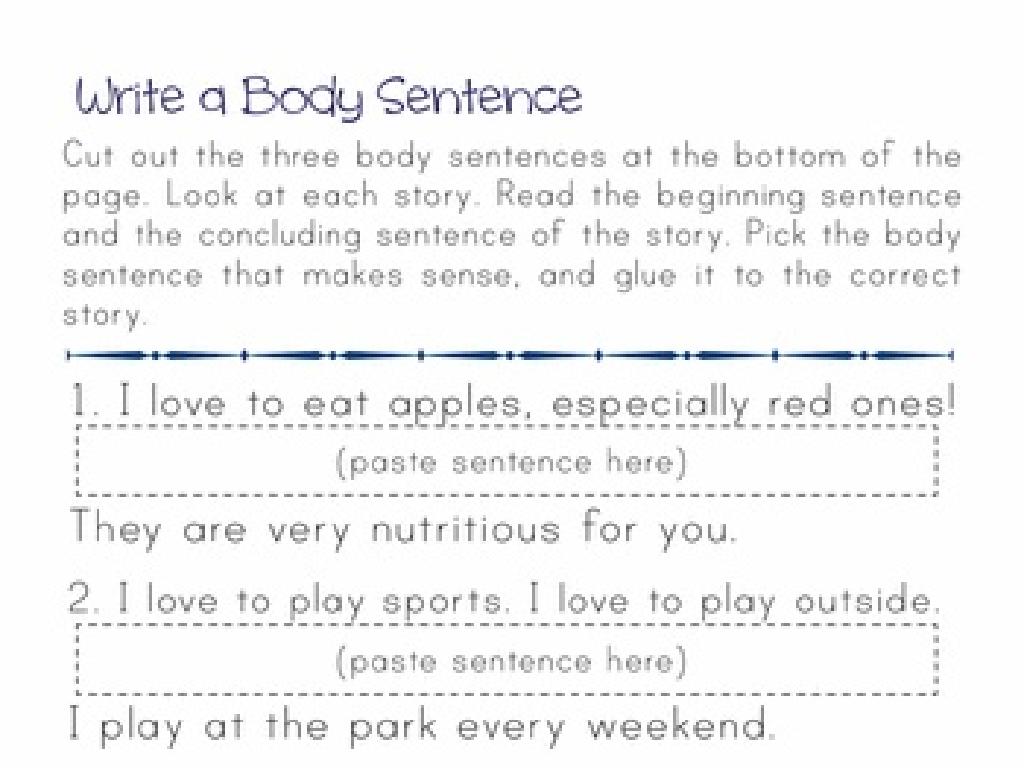Positive And Negative Connotation
Subject: Language arts
Grade: Third grade
Topic: Shades Of Meaning
Please LOG IN to download the presentation. Access is available to registered users only.
View More Content
Exploring Positive & Negative Connotations
– What are connotations?
– Connotations are feelings or ideas that words suggest.
– ‘Shades’ of word meanings
– Words can have ‘shades’ like colors do, meaning they can have slight differences.
– Same word, different feelings
– How does ‘slim’ vs ‘skinny’ make you feel? One sounds nicer!
– Examples of connotations
– ‘House’ vs ‘home’: ‘home’ feels warmer and more inviting.
|
Today’s lesson introduces the concept of connotations, which are the positive or negative feelings associated with words. It’s important to show students that words carry not just dictionary definitions but also emotional meanings. Use examples that are relatable to third graders, such as ‘slim’ versus ‘skinny’ or ‘house’ versus ‘home’, to illustrate how the same word can evoke different feelings. Encourage students to think about the words they choose and how those words might make others feel. This will help them understand the power of language and its impact on communication.
Understanding Connotation
– Connotation: Beyond word meaning
– It’s the feeling a word invokes, not just its dictionary definition.
– Words impact feelings
– ‘Slim’ vs. ‘Skinny’
– ‘Slim’ sounds positive, like healthy; ‘Skinny’ can seem negative, like too thin.
– Positive vs. Negative connotation
– Words can make us feel good, bad, or neutral.
|
Connotation is an important concept in language arts, as it helps students understand that words carry emotional weight in addition to their literal meanings. When discussing connotation with third graders, use familiar and relatable examples to illustrate how the same concept can be expressed with a positive or negative nuance. For instance, ‘slim’ and ‘skinny’ both refer to someone who is not heavy, but ‘slim’ often has a positive association, suggesting health and fitness, whereas ‘skinny’ can imply that someone is too thin, possibly in an unhealthy way. Encourage students to think of other word pairs that have similar meanings but different connotations. This will help them choose their words more carefully to convey the right feelings in their writing and speech.
Positive Connotation: Words That Feel Good
– Positive connotation feels good
– It’s the positive emotion we get from words
– Words like ‘gifted’ make us smile
– Think of someone with a special talent
– ‘Fortunate’ means lucky in a happy way
– Imagine finding a $5 bill on the sidewalk
– ‘Thrilled’ shows we’re very excited
– Like feeling super happy about a surprise
|
This slide introduces the concept of positive connotation to third graders, emphasizing how certain words can evoke good feelings. Start by explaining that words have different shades of meaning and that connotation is the feeling or idea that the word suggests, beyond its literal meaning. Use examples like ‘gifted’, ‘fortunate’, and ‘thrilled’ to illustrate words with positive connotations. Engage the class by asking them to think of other positive words and discuss the good feelings those words create. Encourage them to share times when they felt fortunate or thrilled to help them connect with the concept.
Understanding Negative Connotations
– Negative connotation feels not-so-good
– Words like ‘sneaky’, ‘cheap’, ‘yell’
– ‘Sneaky’ implies dishonesty, ‘cheap’ can mean poor quality, ‘yell’ is often aggressive
– Think of words with a negative sound
– Discuss why these words feel negative
– Words can make us feel sad or scared because of the ideas they bring to mind
|
This slide introduces the concept of negative connotation to third-grade students. It’s important to explain that some words can make us feel uncomfortable or give us a bad feeling because of the ideas they are associated with. Use examples like ‘sneaky’, ‘cheap’, and ‘yell’ to illustrate how words can have negative meanings. Encourage students to think of other words that have a negative connotation and discuss why these words make us feel a certain way. This will help them understand how language can influence emotion and perception. In the next class, we can have a discussion where students share the words they thought of and explore the feelings associated with them.
Shades of Meaning: Connotation in Stories
– Authors create mood with word choice
– ‘Joyful’ vs. ‘boisterous’ characters
– ‘Joyful’ feels happy, ‘boisterous’ sounds loud and energetic
– Read a story to find connotations
– Look for words that show us the mood of the story
– Discuss our feelings about the words
– Share how different words make us feel
|
This slide introduces the concept of connotation and how authors use it to establish mood in their stories. Explain that connotation refers to the feelings or ideas that words suggest beyond their literal meaning. Use the example of ‘joyful’ versus ‘boisterous’ to illustrate how similar words can evoke different emotions and set the tone for a character. During the class activity, students will read a short story and identify words that carry positive or negative connotations, discussing how these words contribute to their understanding of the story’s mood. Encourage students to express how the connotations of words affect their perception of the characters and events in the story.
Your Turn: Word Pairs!
– I’ll give you word pairs
– Choose positive or negative connotation
– Example: ‘Giggle’ vs. ‘Snicker’
– ‘Giggle’ sounds light and happy, while ‘Snicker’ may seem mean-spirited
– Discuss reasons with your partner
– Share why one word feels more positive or negative to you
|
This activity is designed to help students understand the concept of connotation in a fun and interactive way. By comparing pairs of words, they will learn that words carry emotional meanings beyond their literal definitions. ‘Giggle’ and ‘Snicker’ are an excellent example to start with, as students can easily relate to the feelings these words evoke. Encourage them to think about the emotions and situations associated with each word. The discussion with partners will allow them to express their thoughts and hear different perspectives, enhancing their understanding of positive and negative connotations. Be prepared to facilitate the discussion and provide guidance if students are unsure. Offer additional pairs like ‘slim’ vs. ‘skinny’ or ‘confident’ vs. ‘cocky’ for further practice.
Class Activity: Connotation Creation
– Create a ‘Connotation Garden’
– Choose a word for your flower
– Write words with different connotations
– Words like ‘slim’ and ‘skinny’ have similar meanings but ‘slim’ has a more positive connotation
– Class discussion and garden display
|
This activity is designed to help students understand the concept of connotation in a fun and interactive way. By choosing a word and finding other words with similar meanings but different connotations, students will learn how word choice can affect perception. For example, ‘slim’ may be seen as positive, implying an attractive thinness, while ‘skinny’ can be perceived as negative, suggesting being too thin. Encourage students to think critically about the words they choose and the feelings they evoke. After the discussion, students will add their flowers to the ‘Connotation Garden’ bulletin board, creating a visual representation of the shades of meaning in language. Provide flower templates and assist students as needed. Possible variations of the activity could include using different themes or creating individual gardens on paper for a take-home project.
Connotations: Homework Fun!
– Congrats on learning connotations!
– Find a story for homework
– Pick any story you enjoy
– Note words with different connotations
– Look for words that feel good (positive) or not so good (negative)
– Share your discoveries tomorrow
|
Today’s lesson on positive and negative connotations was a success! For homework, students should find a story they like to read at home. They need to identify words within that story that have positive or negative connotations. Remind them that words with positive connotations make us feel good, while those with negative connotations might make us feel uneasy or bad. Encourage them to write down the words and the sentences they are in, to share with the class tomorrow. This exercise will help reinforce their understanding of connotations and how word choice can affect the tone of a story.





